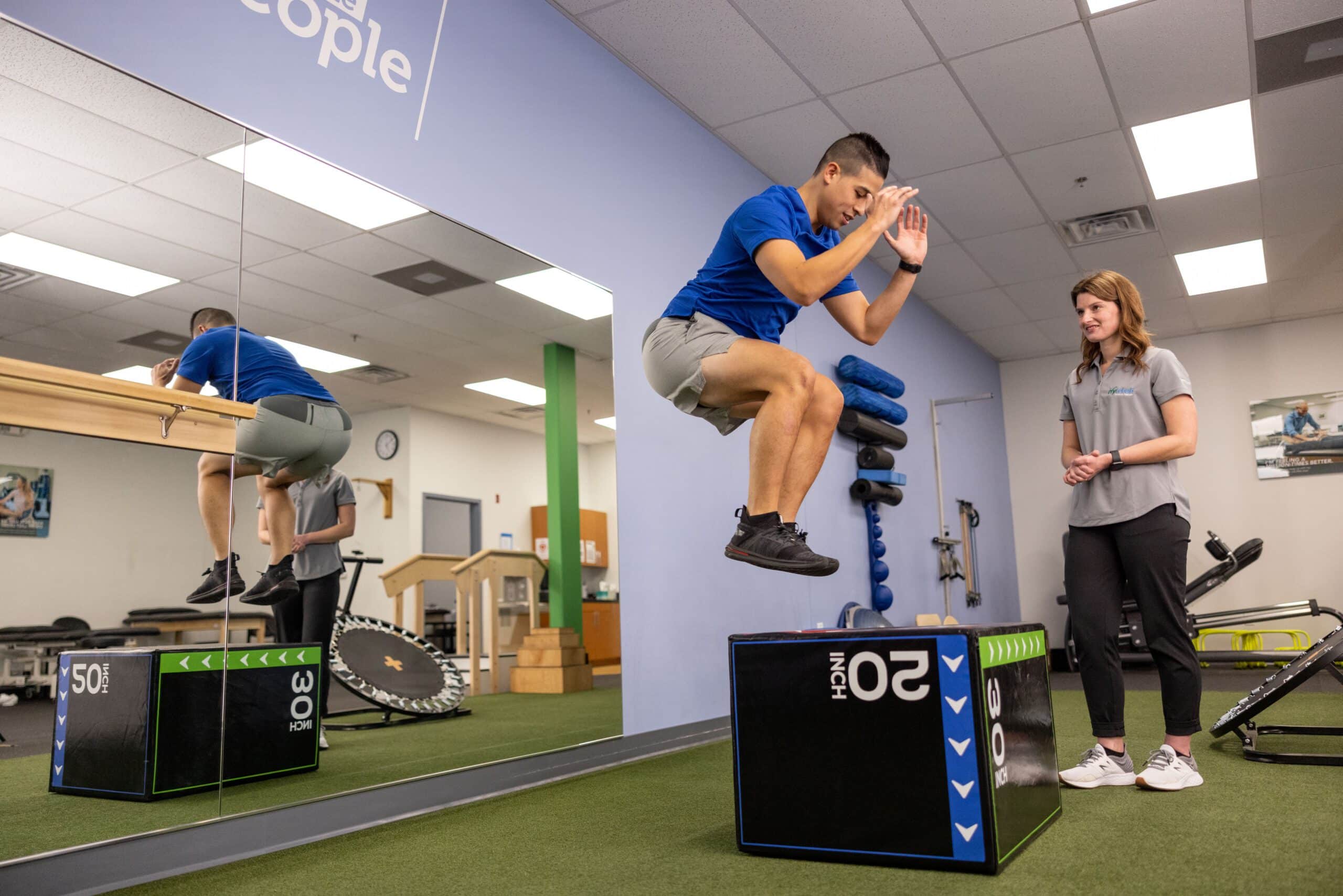One of the most frequently seen injuries in athletics is the foot sprain. This trauma often occurs when an athlete touches down awkwardly or twists their ankle during a match. Signs of an ankle sprain include discomfort, inflammation, and trouble walking. Prompt treatment typically involves the R.I.C.E. method, which stands for Rest, Ice, Wrapping, and Lifting. This approach aids reduce inflammation and discomfort. In more serious situations, rehabilitative therapy may be required to restore power and flexibility to the foot before going back to athletics.
Another frequent trauma is a muscle strain, which can occur in all sport that requires sudden movements or intense lifting. Sportspeople may experience a muscle injury when they helpful resources extend a muscle too much or when they exert too much force. Symptoms include sharp discomfort, swelling, and muscle contractions. Rehabilitation for muscle injuries often entails gentle flexibility exercises and strengthening workouts. Gradually increasing activity levels is vital to prevent recurrence. Sportspeople should work tightly with a physical specialist to develop a secure and effective recovery plan.
Tendonitis is another injury that can affect athletes, particularly those who engage in repetitive motions, such as runners or aquatic athletes. This condition happens when a tendon structure, which connects muscular tissue to skeletal structure, gets swollen. Common locations involved by tendonitis include the elbow, shoulder, and leg. Signs often include discomfort and stiffness, especially during movement. Care for tendon inflammation usually includes rest, ice, and anti-inflammatory drugs. In certain situations, rehabilitative therapy may be recommended to improve flexibility and power in the injured area.
Avoiding athletic traumas is just as important as treating them. Sportspeople can minimize their chance of trauma by heating up correctly before events, using the right equipment, and maintaining good fitness condition. Strength training and stretching workouts can help prepare the body for the demands of sports. Additionally, sportspeople should pay attention to their physical condition and take rest when necessary. By comprehending frequent sports injuries and applying effective rehabilitation strategies, athletes can remain fit and participate in their favorite athletic activities for years to follow.
